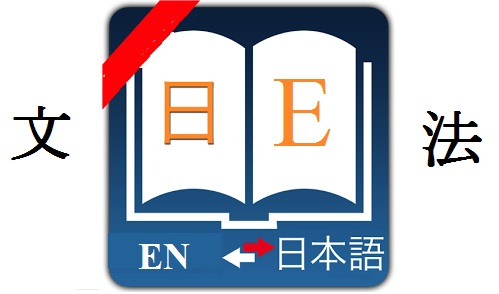Japanese …であろうと…であろうと grammar …dearouto…dearouto
Let’s learn Japanese …であろうと…であろうと grammar …dearouto…dearouto :
Formation :
NであろうとNであろうと
Meaning and how to use :
Expressing the meaning “Under any circumstances, it is still the same”. Following this structure is often the way of describing unchanged condition.
Examples:
あのネコは雌であろうと雄であろうと飼うことにします。
Ano neko wa mesudearou to osudearou to kau koto ni shimasu.
Whether that cat is male or female, I still decide to raise.
晴れ渡る日であろうと雨の日であろうと、君が電話にかけるとすぐに行きます。
Harewataru hidearou to ame no hidearou to, kimi ga denwa ni kakeruto sugu ni ikimasu.
Whether it’s a sunny day or a rainy day, if you call, I’ll be there immediately.
忙しいときであろうと暇なときであろうと君の事だけ考えますよ。
Isogashii tokidearou to himana tokidearou to kimi no koto dake kangaemasu yo.
Whether busy or free, I only think of you.
母であろうと父であろうと誰も愛してます。
Hahadearou to chichidearou to dare mo aishitemasu.
Whether it’s my father or mother, I love them all.
青であろうと赤であろうと大好きです。
Aodearou to akadearou to daisukidesu.
Whether blue or red, I like.
Note: This is the structure used formal writing or formal speaking. We most use nouns but sometimes use な adjective. In case of いadjectives, it will be changed 「…かろうと…かろうと」. We can use structure「…であれ…であれ」 to replace.
Above is Japanese …であろうと…であろうと grammar …dearouto…dearouto. If you don’t understand the signs we used in formation, you can find their meaning here : signs used in Japanese grammar structures.
You can search the structure you want by using the search tool on our website (using key : grammar + ‘structure name’ or you can find more Japanese grammar structures in the following category : Japanese grammar dictionary
